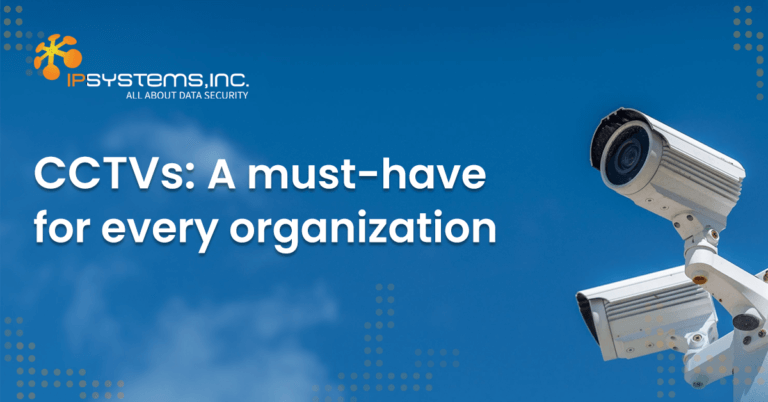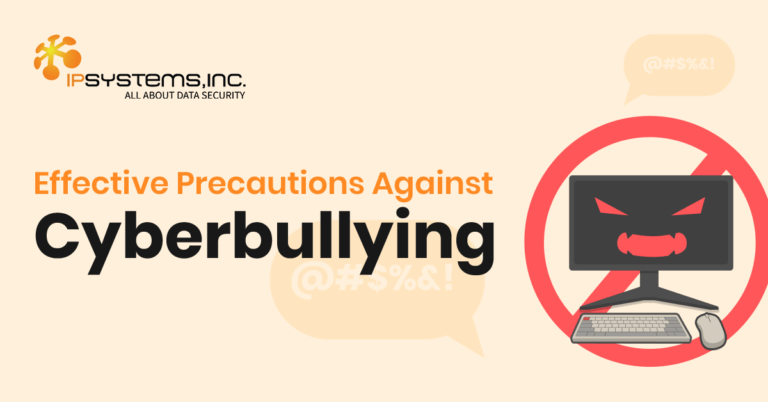
Innovating your Business with Green Data Centers
Blog: Innovating your Business with Green Data Centers Data centers are centralized facilities equipped with essential hardware like servers, storage devices, and networking equipment.
Since 2016, Bring-Your-Own-Device (BYOD) programs have grown in popularity. In the BYOD and Mobile Security study by Crowd Research Partner and LinkedIn’s Information Security Group, cost is not the biggest factor for BYOD adoption. Instead, security experts cite the following:
BYOD has its benefits, yet many security professionals agree that their company's BYOD initiative places significant strain on their security and network access resources.
As long as employees access office email or payroll information from personal devices, the potential for data leakage remains real.
The question is, what happens if a personal device is stolen, misplaced, or has malware on it? These are typical avenues for data loss. One may say that cloud technology has minimized most data loss due to device damage. However, backups and security barriers are essential components of a comprehensive and successful BYOD program.
Data leakage prevention strategies include:
An MDM program can remotely wipe a device to ensure sensitive information is unavailable to unknown elements in the event of loss or theft.
Limiting data exposure is the smartest way to minimize exploitation. A viable approach is role based provisioning. Network access control tools (Easy NAC, for instance) can help manage network access.
VPNs and segregation prevent leaks of sensitive data from sketchy public wireless hotspots. It can also create barriers between work and personal items on a personal device.
Your IT department can immediately identify when malware gains access to a device, making it possible to take action before it impacts your network. In this case, agent-based file integrity monitoring software operating at the kernel level is best for this.
Any device, company- or employee-owned, comes with risks of a loss of control. An endpoint leaving the workplace environment is difficult to control, especially when misplaced, stolen, or in use on public wireless connections.
Protecting laptop and mobile endpoints from exposure requires a blend of smarter provisioning, layered protection, and device security.
Give employees easy access to approved apps for business use can alleviate issues of “shadow IT.” These employees will now rarely use apps with a VPN or without proper approval.
Passwords on lock screens are inadequate protection for endpoints. A single sign-on (SSO) requirement helps segregate and protect your mobile applications and allow smart user authentication without compromising productivity.
Perhaps the most prominent issue with BYOD is that people use the same device for their personal use and work. While it's possible to educate them on the dangers of this arrangement, it remains impossible to control them.
A friend or family member may borrow an employee’s device. Because of such cases, your company can access critical file systems to observe any adverse effects and swiftly counteract them.
Despite its numerous benefits, BYOD presents many challenges. But, a company can lower the risks if allowed to access employee devices. This way, they can modify security systems per user. Cybersecurity is a concerted effort, and training should be an integral part of data security and network security in any BYOD program. Software tools like the Easy NAC solution are one part of the equation; employee cooperation is the rest.
Cybercriminals today use incredible sophisticated and convincing methods to fool those who are not aware of their schemes and attack vulnerable systems. But by staying educated and up to date about the latest cyber attack trends, you can keep your employees and business safe.



Blog: Innovating your Business with Green Data Centers Data centers are centralized facilities equipped with essential hardware like servers, storage devices, and networking equipment.

Blog: CCTVs: A must-have for every organization Nearly every business and organization, regardless of size, has already implemented CCTV Services within their premises because

Blog: Combating Bullying in Digital Classrooms: Empowering Students for a Safer Learning Environment Bullying is a pervasive issue that inflicts emotional, psychological, and physical

Established in 2007, IPSYSTEMS, Inc. is a trusted and valued cybersecurity and IT distributor in the Philippines. It has solutions specifically focused on IT Infrastructure Security, Secure Remote Access and Monitoring, and Email and Data Security.